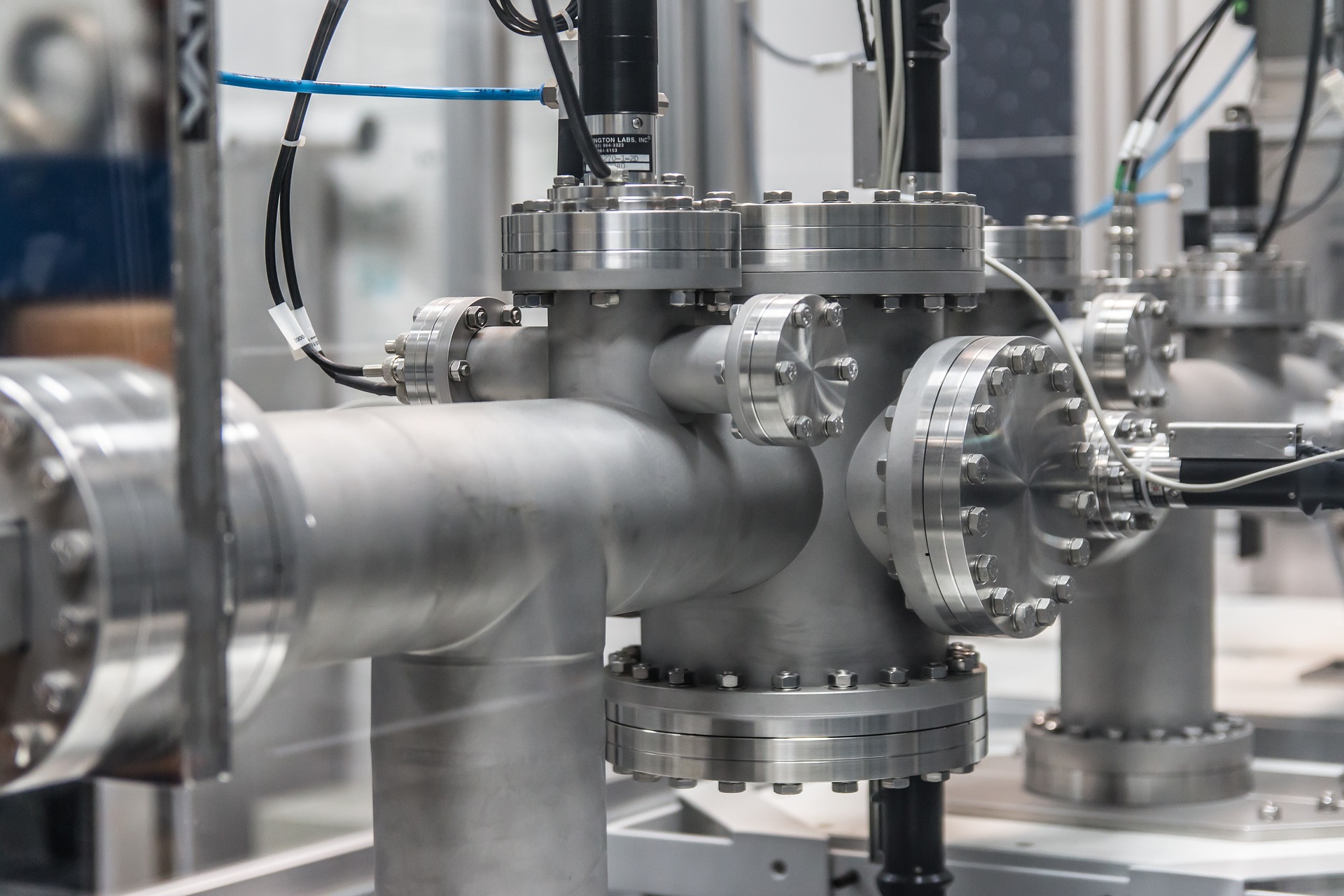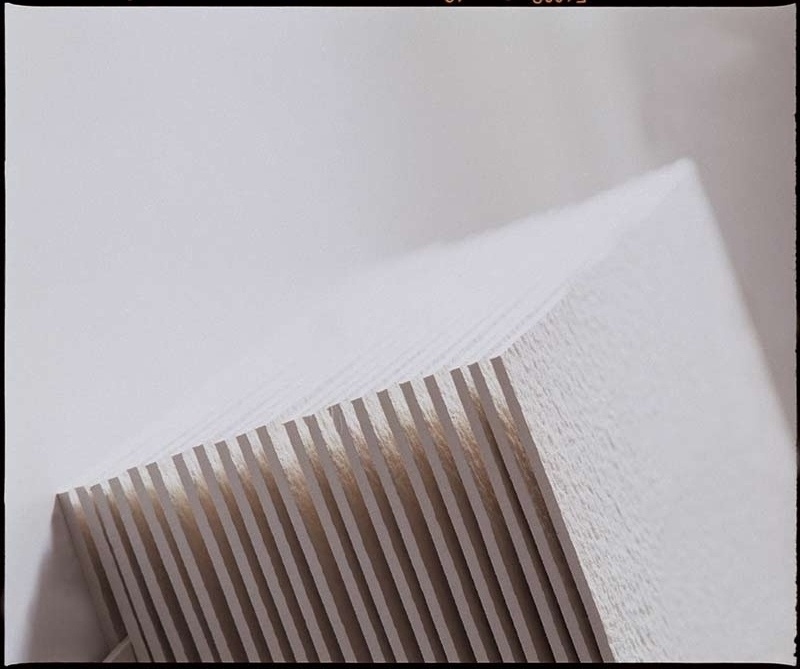Cartridge Filtration in Machined Parts Washing Explained
Washing machined parts is a critical process step in industries such as automotive, aerospace, precision engineering, and medical devices. Cleanliness directly impacts assembly quality, product reliability, and compliance with customer cleanliness standards (ISO 16232, VDA 19, etc.).
An effective cartridge filtration system ensures the removal of solid particles, tramp oils, and dissolved contaminants from wash solutions, protecting both the wash equipment and the finished component. This article dives into depth filters, pleated depth filters, and carbon filters — explaining their role, technical selection parameters, and how they are typically integrated into a parts washing process.
Why Filtration Matters in Parts Washing
Parts washing systems face a wide range of contaminants:
- Particulate matter: machining swarf, burrs, rust, polishing compounds
- Tramp oils and coolants: carried over from cutting and forming operations
- Chemical residues: detergents, corrosion inhibitors, surfactants
- Odour- and stain-causing organics: hydrocarbons, degraded oils
Without adequate filtration:
- Wash solution quality degrades rapidly, requiring frequent fluid changes.
- Final rinse quality suffers, leading to staining, spotting, or re-contamination.
- Pumps, spray nozzles, and heating elements are subject to premature wear.
Depth Cartridge Filters – Bulk Solids Capture
Application: Pre-filtration in the wash solution recirculation loop.
Construction & Mechanism:
Depth filters are typically made from melt-blown polypropylene or cellulose fibres, with a graded density structure. Contaminants are captured throughout the filter media thickness, not just on the surface.
Performance Characteristics:
- Micron ratings: commonly 10–50 µm for parts washing applications

- Efficiency: nominal particle removal (65–98%), suitable for bulk load reduction
- Flow rates: up to 15–20 L/min per 10” cartridge, depending on differential pressure limits
- Dirt-holding capacity: very high, making them cost-effective for heavy solids
Why use depth filters?
- Protects downstream finer filtration stages
- Reduces contamination loading passing into the system extended downstream filter life
- Handles large contaminant volumes without blinding
- Reduces operating costs by extending fluid life and downstream filter life
Pleated Depth Cartridge Filters – Fine Particle Control
Application: Secondary filtration, protecting final rinse quality.
Construction & Mechanism:
Pleated depth filters use polypropylene or glass fibre media arranged in pleats to maximise surface area. This design combines depth loading capacity with low-pressure drop, allowing higher flow rates.
Performance Characteristics:
- Micron ratings: 1–10 µm (β-ratio > 1,000 and greater), ensuring consistent cleanliness

- Efficiency: >99% minimum retention at the rated particle size
- Flow rates: typically 20–30 L/min per 10” cartridge, depending on system design
- Service life: longer than depth filters due to increased surface area
Why use pleated depth filters?
- Ensures removal of fine particulates (metal fines, polishing residues, paint flakes)
- Maintains critical cleanliness standards for aerospace, electronics, and automotive parts
- Reduces the risk of nozzle blockages in spray systems
- Provides predictable, validated particle retention — essential for audited industries
Carbon Cartridge Filters – Adsorption of Oils and Organics
Application: Final rinse or polishing stage, targeting dissolved contaminants.
Construction & Mechanism:
Carbon filters use activated carbon granules or carbon-impregnated block media. Unlike particle filters, they work by adsorption, trapping hydrocarbons, surfactants, and organic residues within the porous carbon structure.
Performance Characteristics:
- Removal capability: hydrocarbons, detergents, surfactants, chlorine, odour compounds

- Flow rates: lower than pleated/depth filters due to adsorption kinetics requiring maximum flows of 3.8 l/min per 10” module.
- Service life: dependent on organic loading; often sized based on kg/L of adsorption capacity. Typical value is 22,000 litres of liquid per 10” module before changeout.
Why use carbon filters?
- Improves rinse quality by removing residual surfactants and oils
- Eliminates odours from degraded cleaning solutions
- Prevents staining and spotting on critical components
- Supports compliance with strict cosmetic or cleanliness specifications
Cartridge Filter Comparison Table - Machined Parts Washing
|
Filter Type |
Micron Rating (Typical) |
Efficiency |
Flow Rate (per 10” cartridge) |
Best For |
Limitations |
|
Depth Filter |
10–50 µm |
65–98% |
15–20 L/min |
Bulk solids (chips, sludge, rust flakes) |
Not suitable for fine polishing or final rinse |
|
Pleated Depth Filter |
1–10 µm |
>99% (β-ratio >1000 plus) |
40–80 L/min |
Fine particulates, polishing residues, high cleanliness requirements |
Higher upfront cost vs. depth filters |
|
Carbon Filter |
Adsorption |
Removes organics, oils, odours |
3.8 L/min (lower due to adsorption) |
Dissolved hydrocarbons, surfactants, odour control |
Finite adsorption capacity, flow-sensitive |
Example Filtration Train for Machined Parts Washing
A typical cartridge filtration setup in a three-stage aqueous parts washer might look like this:
- Stage 1 – Depth Filter (20–50 µm nominal): Captures bulk solids and sludge, reducing load on finer filters.
- Stage 2 – Pleated Depth Filter (1–5 µm absolute): Removes fine particulates, ensuring particle cleanliness.
- Stage 3 – Carbon Filter: Adsorbs dissolved organics, oils, and surfactants, ensuring spotless rinsing.
This staged approach delivers:
- Extended wash fluid life
- Reduced maintenance on pumps and spray nozzles
- Consistent compliance with cleanliness specifications
- Lower operating costs from reduced chemical and water use
Key Takeaways for Engineers and Plant Managers
- Depth filters are your workhorses for heavy solids loading.
- Pleated depth filters deliver reliable fine particle control with long service life.
- Carbon filters ensure final rinse quality by removing oils and organics.
- Correctly sizing filters based on flow rate, differential pressure, micron rating, and dirt-holding capacity is essential for process reliability.
By combining these filter types in a staged configuration, engineers can maximise wash solution performance, reduce downtime, and maintain compliance with increasingly strict cleanliness standards.
If you have any questions about your filtration system, then you can give us a call or send us an email - we’d be more than happy to help.
You can also read more around Parts Washing & Cleaning HERE or you can find more information in our blogs:
- Guide to Selecting the Right Micron Rating
- Understanding Absolute Vs Nominal Ratings in Depth Cartridge Filters
PoreFiltration – Making your filtration systems work harder





.jpg)